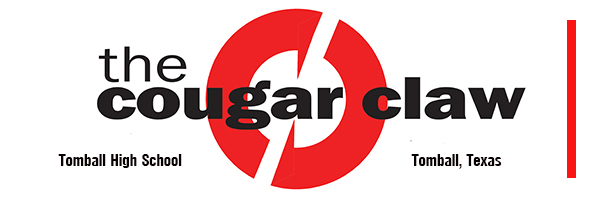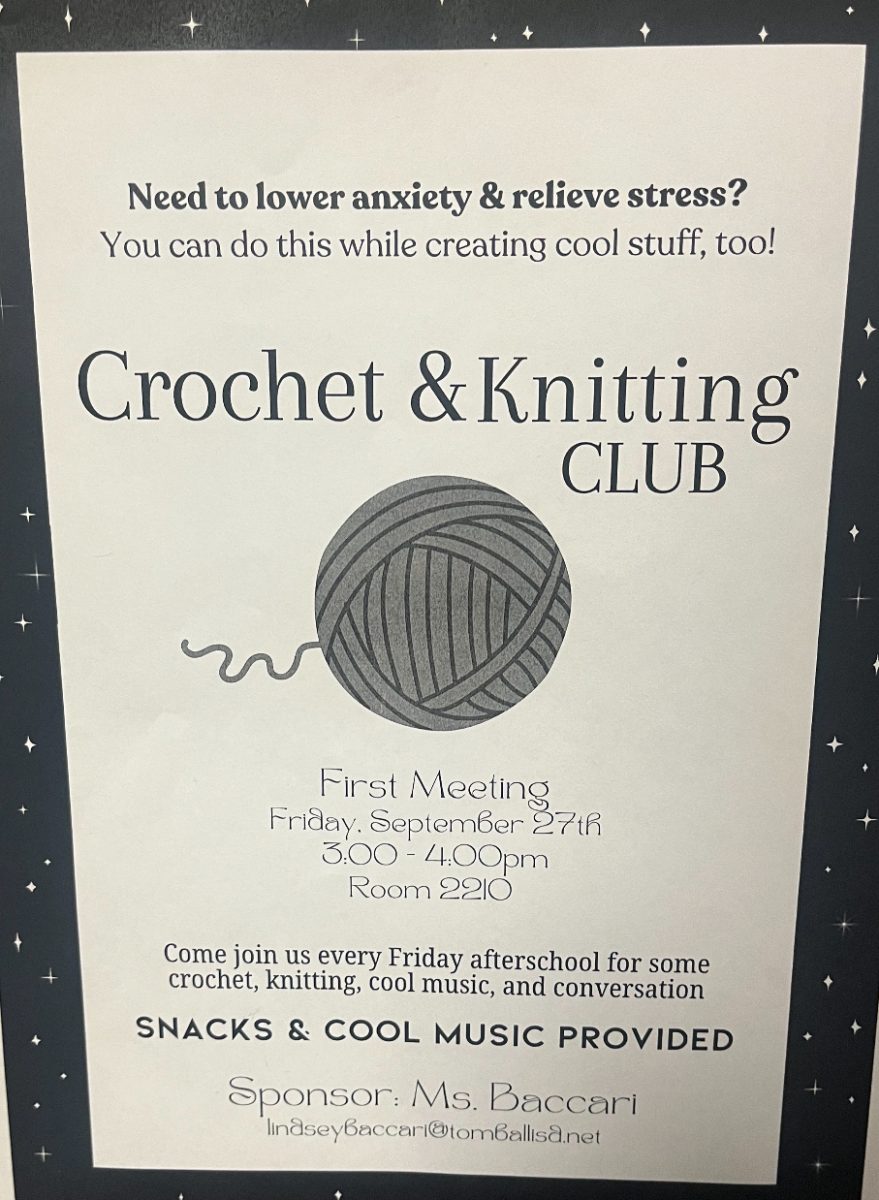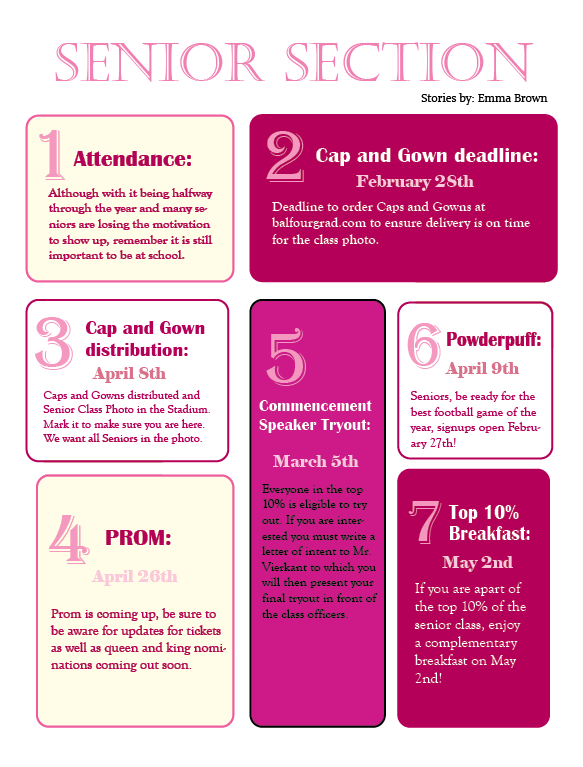An age old puzzle has finally been solved.
Sharon Finger, a Calculus I and II and College Algebra teacher, recently conducted an experiment in her classroom calculating, finally, the exact number of licks it takes to get to the center of a Tootsie Pop.
Aside from an immense weight being lifted from scientists’ shoulders, Finger’s experiment also exemplifies the way math actually applies to everyday life.
“Students enjoyed estimating the rate of change of volume of the Tootsie Pop,” Finger said. “This experiment was Calculus because Calculus is the study of change.”
Students were given either a Tootsie Pop or a Blow Pop along with a ruler and piece of dental floss. Instructed to lick the pop repeatedly at one minute intervals, students measured the decrease in circumference of the pop which enabled them to calculate the rate of change of the radius and volume. Essentially, they were measuring how much one minute of licking wore down the pop.
So Finger’s students set to work. Though a well known calculus text book states that the Tootsie Pop gives up volume at a rate of .8 cubic centimeters per minute, the class average was just a little above at 1.1 cubic centimeters per minute.
As for the future, Calculus I and II students are not done solving problems.
“When students study optimization, they will explore and then calculate minimum amounts of materials required to create specific items,” Finger said.
The best is yet to come as students utilize the knowledge gained in mathematics courses to answer everyday puzzles.















